Spatial Design for the Jingmai Village Exhibition Hall
景迈村展示厅空间设计
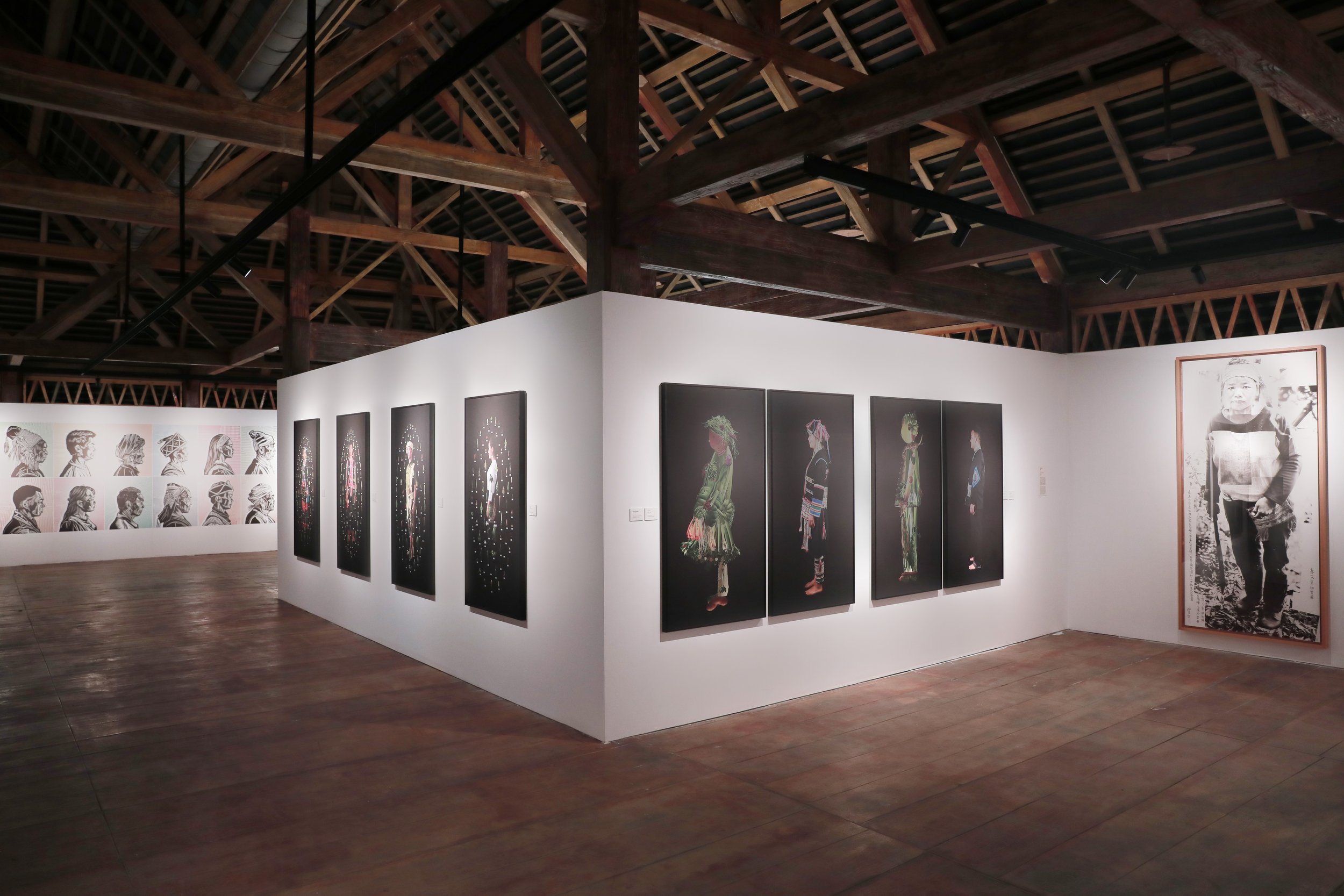
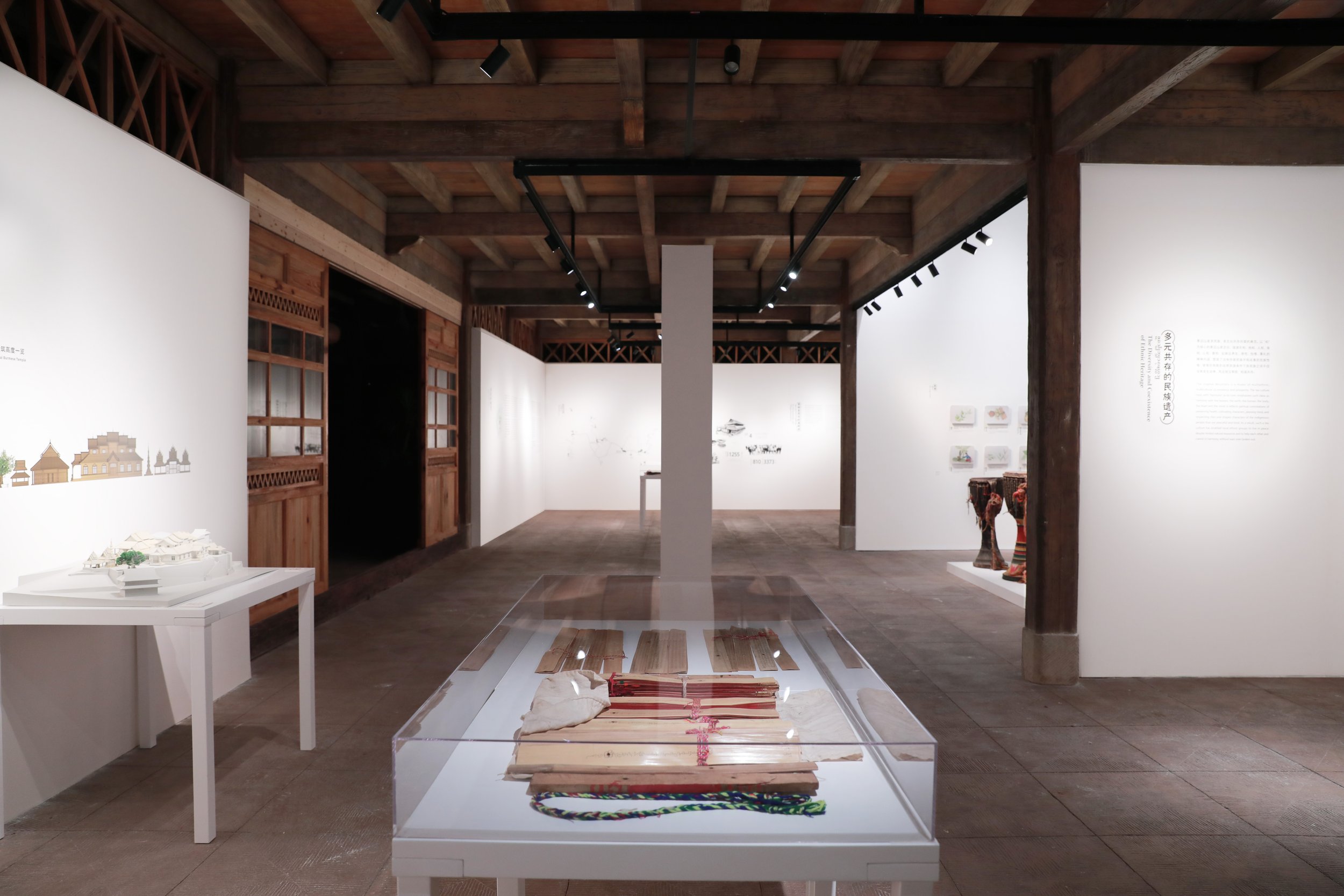
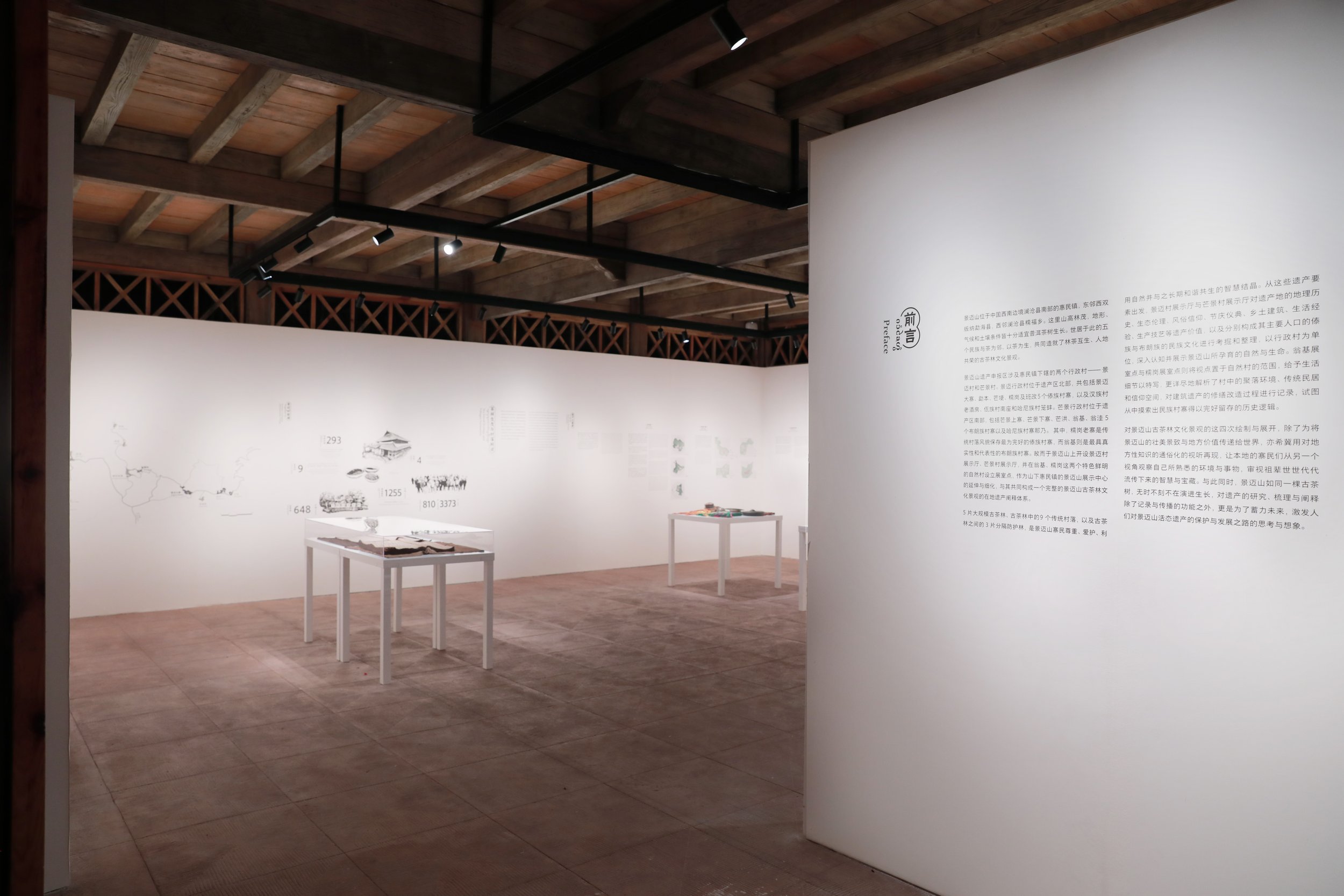
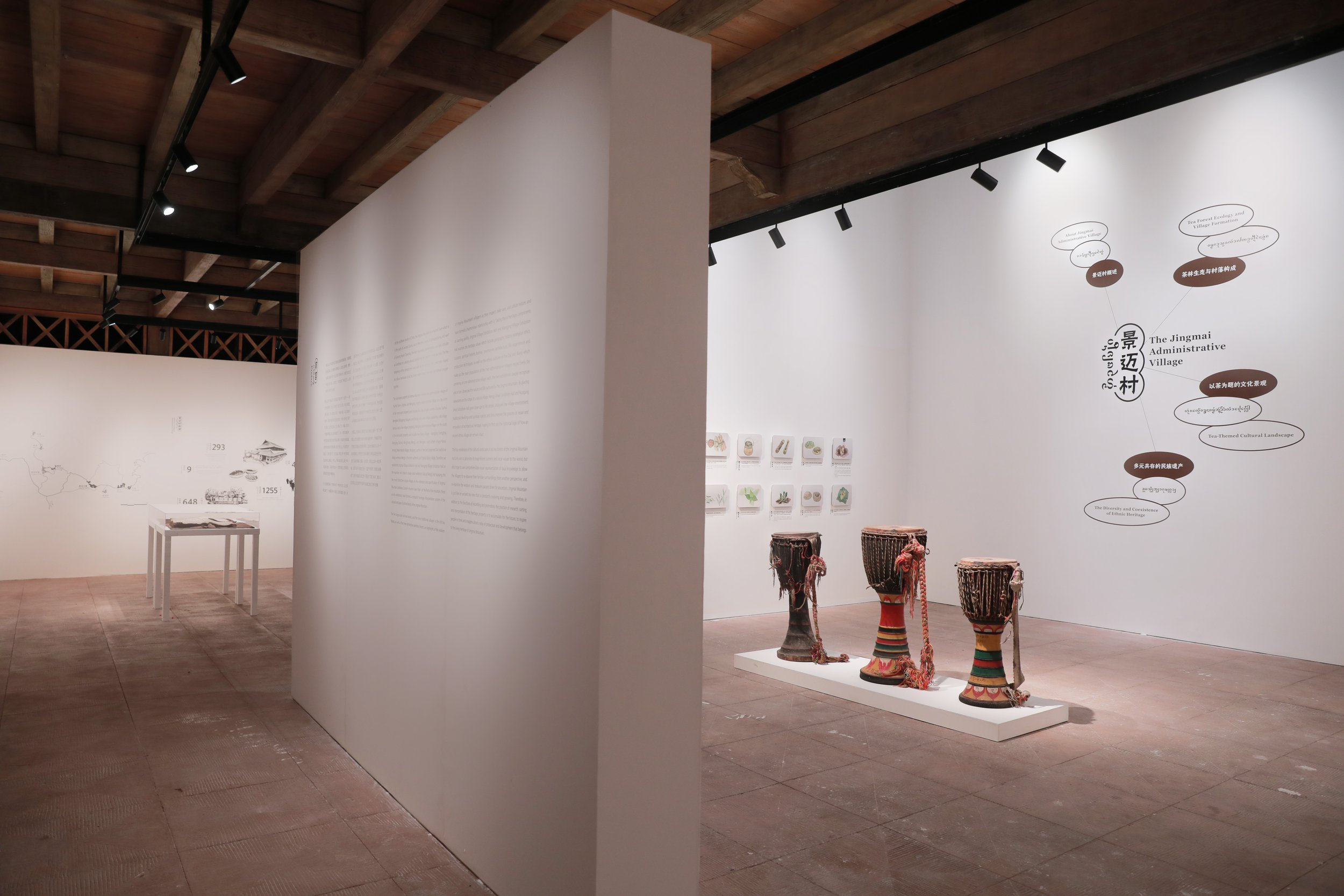
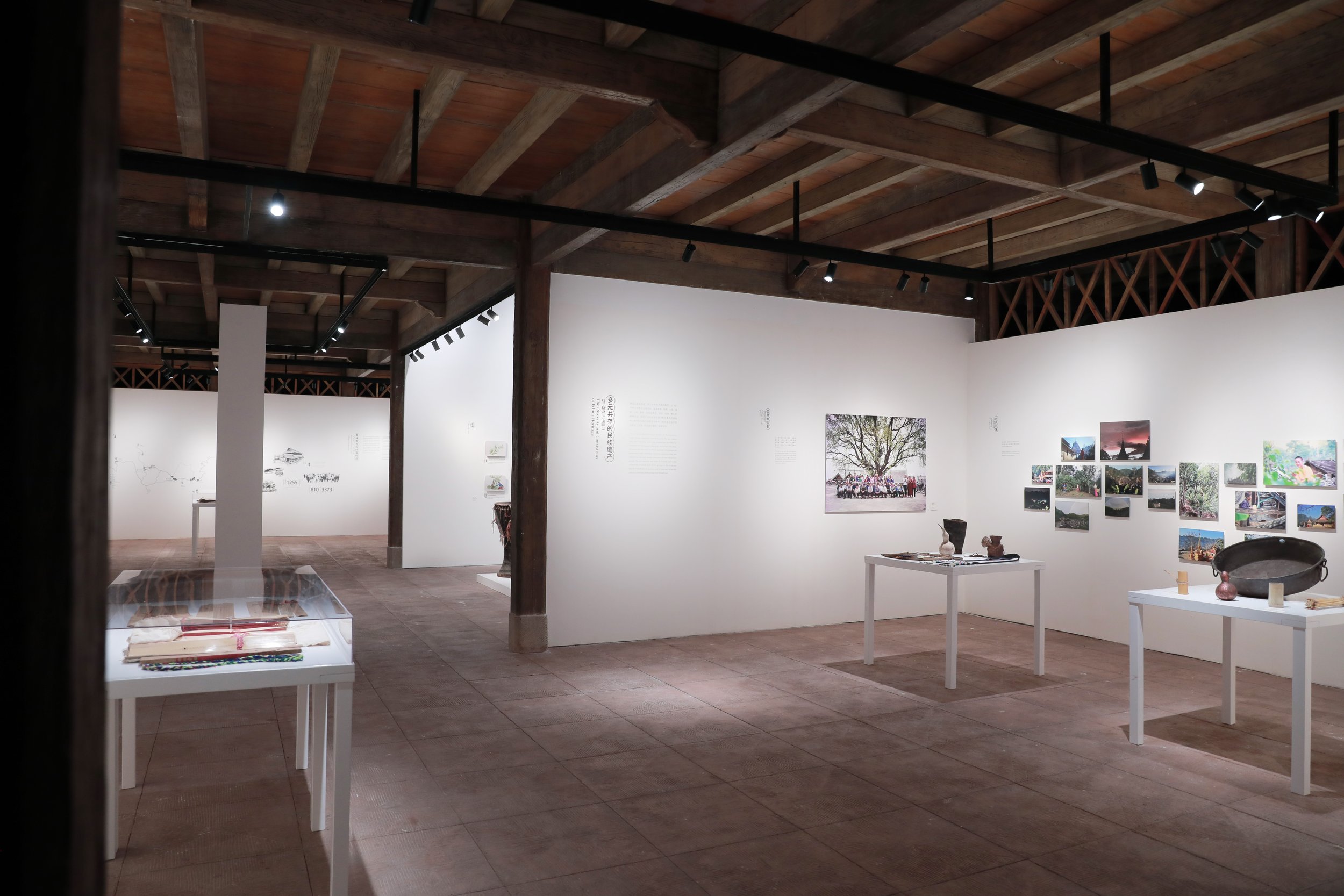
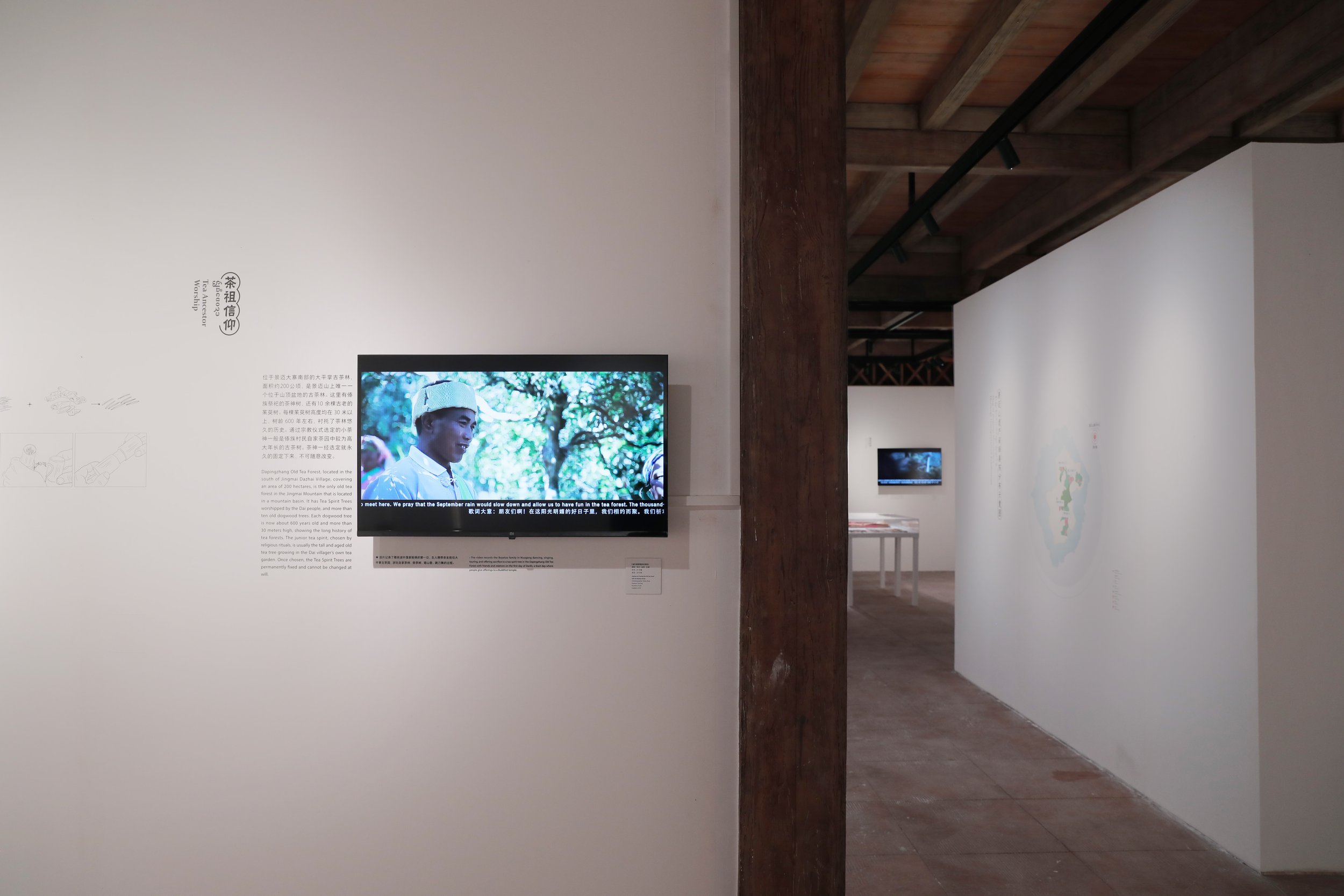
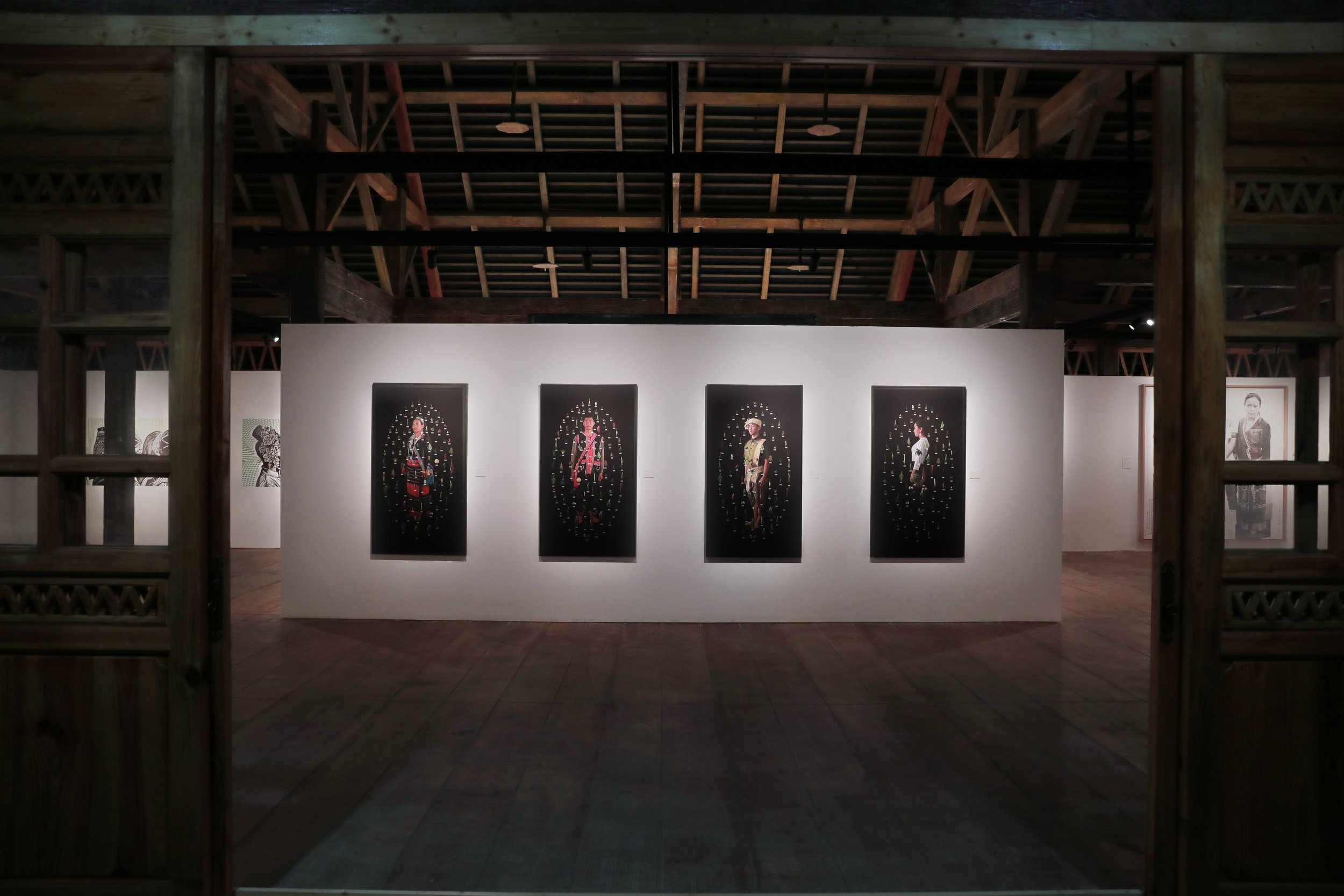
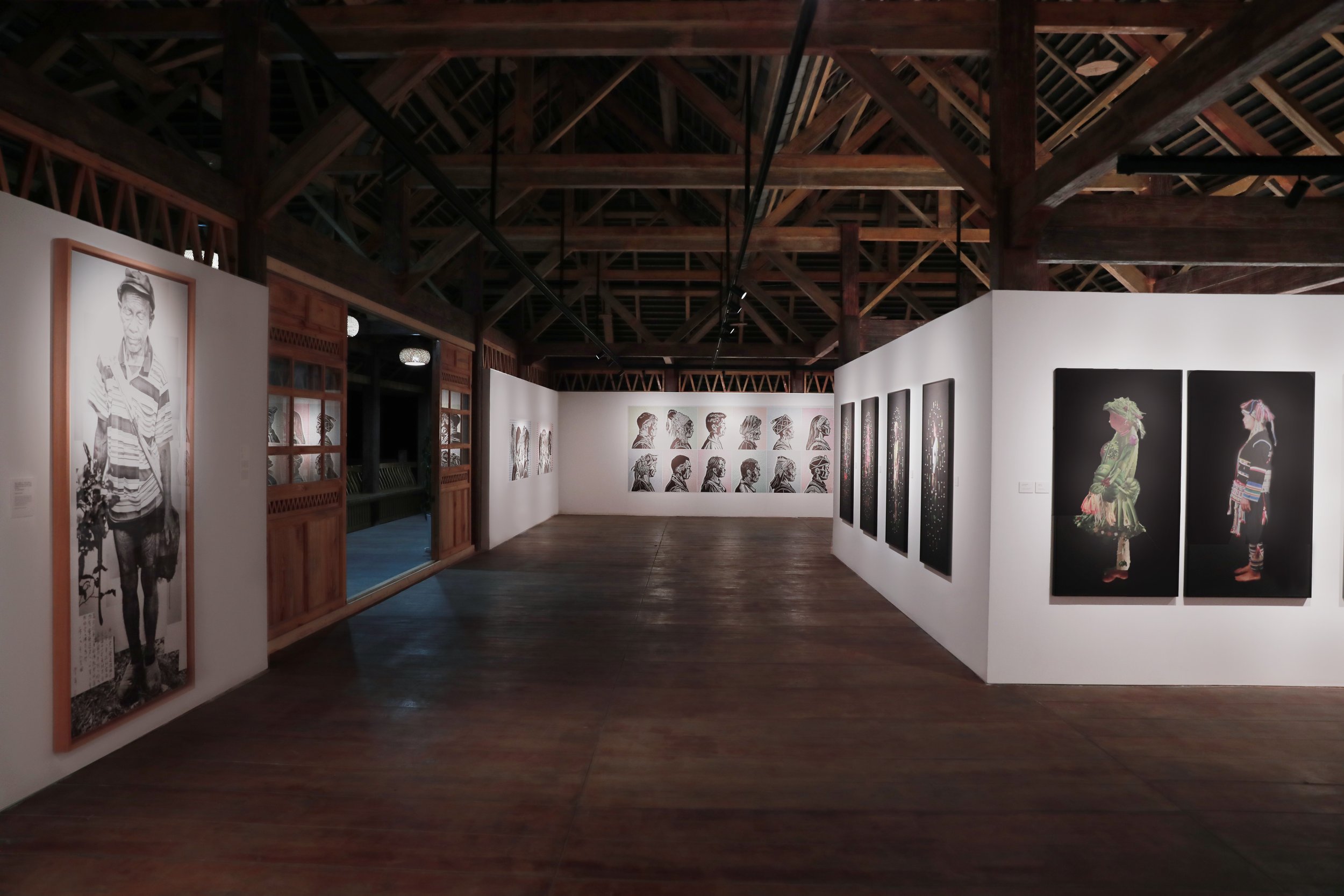
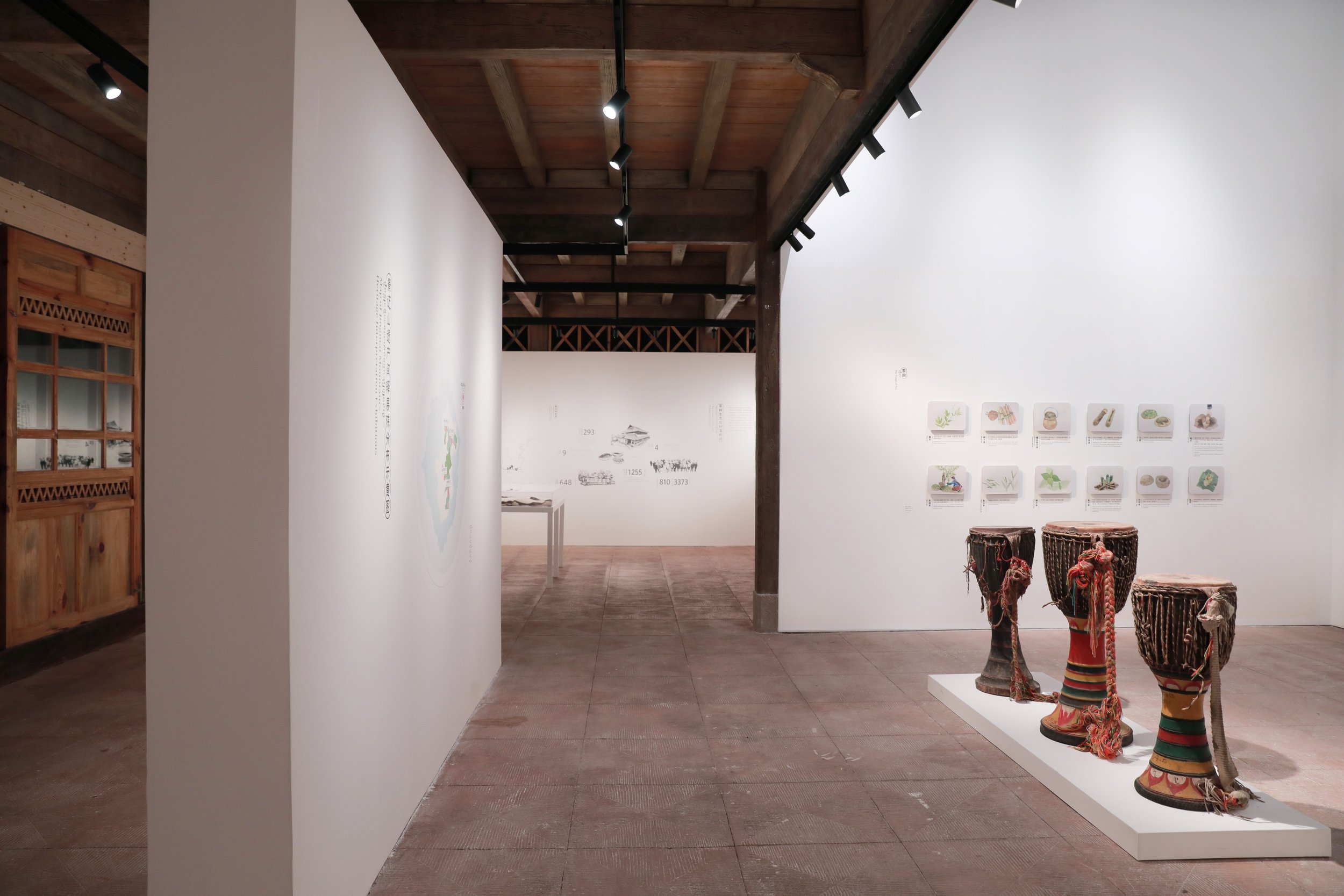
Credits
Curator: Jing Zuo
Exhibition Theme: “Jingmai Village” + “Special Exhibition: The Gaze of Others”
Exhibition Venue: Jingmai Village Exhibition Hall, Jingmai Village, Huimin Town, Lancang Lahu Autonomous County, Pu'er City, Yunnan Province
Client: Pu'er Jingmai Mountain Ancient Tea Forest Protection and Management Bureau
GFA: 433sqm
Spatial Design: Studio 10
Spatial Design Principal-in-charge: Shi Zhou
Spatial Design Team: Chunhui Mo, Yingxi Dong, Zhen Jia, Mengqi Zhang, Jiaxiao Bao(Project Assistant), Feifei Chen(Project Assistant)
Spatial Design Construction Drawings Consultant: Shenzhen Jiusi Interior Design Co., LTD
Exhibition text: Jing Zuo, Yanzhi Wang, Yi Zhou , Yun Miao
Artists: Chongyue He, Zhaohui Li, Qingyuan Liu x huangyangdesign, Dan Luo, Wengwa Rainforest Discovery, Nian Zeng
Exhibition documentary film: Xin Zhang, Hong Zhang, Han Xu
Exhibition villager photography: Yizhang Dan
Photography: Rui Zhu, Xin Zhang, Hong Zhang
Historical documents: Minguo Li
Exhibition illustration: Li Jiang, Zhiyin Feng
Exhibition translation: Yula, Ouyang Tang
Exhibition project manager: Jia Pu
Graphic design: 10% DesignLab
项目信息
策展人:左靖
展览名称:“景迈村”+“特展:他者的目光”
展览场地:云南省普洱市澜沧拉祜族自治县惠民镇景迈村展示厅
面积:433平米
空间设计:Studio 10
空间设计主管合伙人:周实
空间设计团队成员:莫纯煇、董盈希、贾圳、张孟琦、包嘉晓(项目助理)、陈菲菲(项目助理)
空间设计施工图设计顾问:深圳九思室内设计有限公司
委托方:普洱市景迈山古茶林保护管理局
展览文字:左靖、王彦之、周一、缪芸
参展艺术家:何崇岳、李朝晖、刘庆元x huangyangdesign、骆丹、翁洼雨林探索、曾年
展览纪录影像:张鑫、张红、徐菡
展览村民影像:丹依章
摄影:朱锐、张鑫、张红
历史文献:李旻果
展览绘图:姜丽、冯芷茵
展览翻译:玉腊、唐欧阳
展览项目主管:蒲佳
展览视觉设计:一成设计事务所
Jingmai Mountain is located in Lancang County, Pu'er City, on the southwestern border of China near Myanmar. With its towering peaks, lush forests, and breathtaking scenery, it boasts a rich and diverse natural ecological environment. The five old tea forests scattered throughout the mountain are the renowned native habitats of Pu'er tea. These old tea forests have deeply integrated with the villages, history, daily lives, cultures and spiritual beliefs of the five local ethnic groups, giving rise to a unique cultural landscape heritage known as the Old Tea Forests of Jingmai Mountain.
Dazhai is a traditional Dai ethnic village nestled in the Jingmai Mountain's old tea forests, strategically located as a transportation hub for the entire Jingmai Mountain area. According to historical records, it was the first settlement where the Dai ancestors gathered after migrating to this region, and it also served as the residence of the Dai tribal leader in Jingmai Mountain.
Situated in the northwest corner of Jingmai Dazhai, the Jingmai Village Exhibition Hall is a newly constructed two-story building located right next to the main mountain road. Its architectural design draws inspiration from the traditional local stilted houses. The exhibition content delves into the heritage values of the region, including its geographical history, ecological ethics, convention and beliefs, festive rituals, local architecture, life experiences and knowhow, and craftsmanship. It also explores and documents the ethnic cultures of the Dai and Bulang peoples, who constitute the majority of the local population, providing an in-depth understanding and showcasing the natural and cultural richness nurtured by Jingmai Mountain.
The exhibition hall consists of two levels, and similar to the local housing practices, the interior and exterior spaces are seamlessly connected without strict climate boundaries.
The interior exhibition space has been designed to highlight the wealth of exhibits and content, including physical artifacts, textual materials, images, and interactive multimedia. Given its remote location in the Dai village amidst the deep mountains, the exhibition walls are deliberately kept basic and easy-to-construct, featuring plain white walls made of materials that is ample and easily accessed locally, to serve as spatial separation, wayfinding guides, and showcasing interfaces.
Inspired by the local cotton paper traditionally used for tea packaging, the entire exhibition walls are covered with white rice paper, on which content is directly printed.
Furthermore, the exhibition area's lighting and plinth design are also presented in a simple, environmentally friendly, and plain manner to blend with the architecture and village environment while maximizing the emphasis on the exhibition content.
Epilogue
On September 17, 2023, the Cultural Landscape of Old Tea Forests of the Jingmai Mountain in Pu'er gained the World Heritage Site status at the ongoing 45th session of the World Heritage Committee of UNESCO. Reflecting back to early 2021, under the guidance of Professor Zuo Jing, we have participated in the spatial design of the exhibition hall. Setting out from the southeastern coast of the country, we embarked on a winding journey to enter the mountains for the first time. Two years later, we still vividly recall the dark nights in the mountains, the never-seen dazzling starry skies, and the mysterious sounds of unidentified animals. We still remember the scene when piercing sunlight filtering through the towering old tea tree branches at noon, a moment that made us feel the very vibrant living spirit of all things, a local widely-accepted animism belief; and we can still feel today the enthusiastic, devout, and optimistic demeanor of the local Bulang and Dai people, the cheerful, resilient, and unwavering dedication of the environmental activists who had been tirelessly working to protect the biodiversity of the rainforest and tea forests for decades. Moreover, never can we forget the sudden appearance of ancient Buddhist temple spires and the first rays of dawn amid the misty valleys, the sociology professors who carpooled with us during one of their countless repeated trips to Jingmai Mountain, and insisted on treating us breakfast in Huimin Town on our return journey. Last but not the least, we can still recall vividly the exposed red earth on the mountainsides unique to the region along the way.
Reference
1. Zuo Jing Studio, Jingmai Village Exhibition Hall Exhibition manuscript, 2022
2. Yang Song. Jingmai Shan·Shi Cha Ji, Yunnan People's Publishing House, 2022
3. "Jingmai Mountain", Baidu entry, 2023
景迈山地处西南中缅边境的普洱市澜沧县,山高林茂,景色壮美,拥有丰富而多元的自然生态环境;山上分布的5片古茶林是古老且久负盛名的普洱茶原生地,其与世居当地的五个民族及其村寨、生活日常、文化信仰深深融合,形成了特有的古茶林文化景观遗产。
景迈大寨是景迈山古茶林里的一座传统傣族古村寨,地处整个景迈山对外的交通枢纽;据记载,它是傣族先民迁徙至此后的第一个部落聚住点,也是景迈山傣族首领居住的地方。
位于景迈大寨西北隅的景迈村展示厅建筑紧邻主山路,是一座新建的二层建筑,借鉴了当地传统民居杆栏式吊脚楼的建构策略和典型元素。展览内容则对当地地理历史、生态伦理、风俗信仰、节庆仪典、乡土建筑、生活经验、生产技艺等遗产价值,以及分别构成其主要人口的傣族与布朗族的民族文化进行考掘和整理,深入认知并展示景迈山所孕育的自然与生命。
展厅建筑共两层,和当地民居做法类似,其室内外是完全联通的,没有设置严格的气候边界。
内部空间展陈设计旨在突出丰富的实物、图文、影像、多媒体交互等展品和内容,又因其地处深山中朴素的傣寨,因此以最基础且备料充足、施工简便的米白色展墙作为空间分隔、引导和展示界面。
受到当地制茶包装专用的棉纸启发,展墙整体覆米白色宣纸,内容直接印刷在纸上。
此外,展区灯光照明、展台设计也均以最简洁、环保、朴素的方式呈现,与建筑、村寨环境融合并最大限度突出展览内容。
后记
2023年9月17日,“普洱景迈山古茶林文化景观”申遗成功。遥想2021年初,我们在左靖老师带领下参与展厅空间设计,从东南沿海出发,几经路途辗转,第一次进山。时隔两年多,我们仍清晰记得山中漆黑的夜晚、从未见过的闪亮星空和不知名的动物低吼,记得正午古茶林参天古茶树枝叶间洒下的、让我们顿感“万物有灵”的刺眼阳光和虫鸣,记得当地布朗族和傣族寨民、基层干部、施工队的热情、虔诚和乐观松弛,以及为保护雨林茶林多样性奔走多年的环保工作者的爽朗、坚韧和执着;我们也记得清晨返程时山谷雾霭中突然闪现的古寺尖顶和第一缕曙光,记得同行赶路、已多次往返、坚持在当地做社区工作研究并执意请我们在惠民镇吃早餐的大学老师,以及沿途山边裸露的红色土壤。
参考资料
1.左靖⼯作室, 景迈村展示厅展览文字稿,2022
2.杨嵩.《景迈山·拾茶记》,云南人民出版社,2022
3. “景迈山”,百度词条,2023


